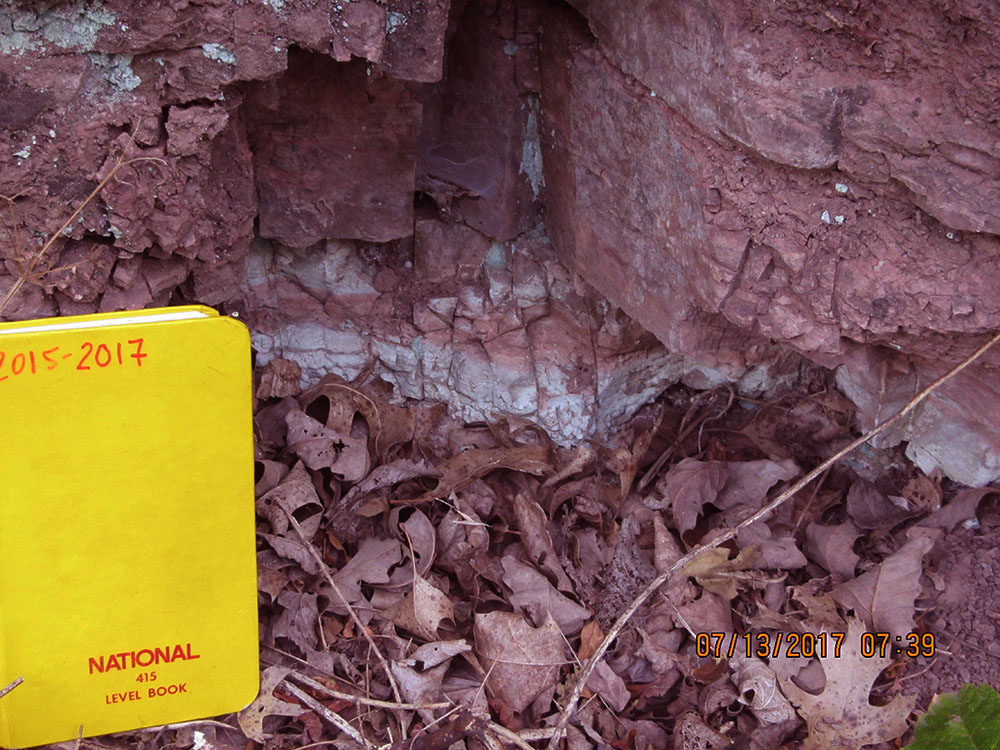Geologists collected a total of 15 bedrock samples for geochemical analysis during the field season. These analytical results are included with results from past year's STATEMAP projects in a geochemical database available as West Virginia Geological Survey
Report of Investigations RI-34 (McDowell, 2001 with ongoing updates). More than one thousand samples have been collected to date and analyzed for 50 elements (Au, Ag, As, Ba, Br, Ca, Co, Cr, Cs, Fe, Hf, Hg, Ir, Mo, Na, Ni, Rb, Sb, Sc, Se, Sn, Sr, Ta, Th, U, W, Zn, La, Ce, Nd, Sm, Eu, Tb, Yb, Lu, Cu, Pb, Mn, Cd, Bi, V, P, Mg, Ti, Al, K, Y, Be, S, and Li). Summary statistics are included with data. The database spreadsheet and GIS shapefile of the database are available
here.
Hunt, P.J., R.R. McDowell, M.S. Burns, Digital Cartography by S.E. Gooding, 2018, Bedrock Geology of the White Sulphur Springs 7.5' Quadrangle, WV: West Virginia Geological and Economic Survey, Open-File Report OF-1705, 1 map sheet, 1:24,000 scale. More publication information is
here.
Kulander, B. and Dean, S., 1978, Gravity, Magnetics, and Structure: Allegheny Plateau/Western Valley and Ridge in West Virginia and Adjacent States: West Virginia Geological and Economic Survey Report of Investigations RI-27, 91 p. More publication information is
here.
McDowell, R., compiler, 2001 with ongoing updates, Stratigraphic Geochemical Database for Portions of Pendleton, County, West Virginia
and Adjacent Virginia Counties, covering portions of Pendleton Co., WV, Highland Co. VA, and Augusta Co., VA: West
Virginia Geological and Economic Survey, Report of Investigations RI-34, data file. More publication information is
here.



















 WV Geological & Economic Survey
WV Geological & Economic Survey